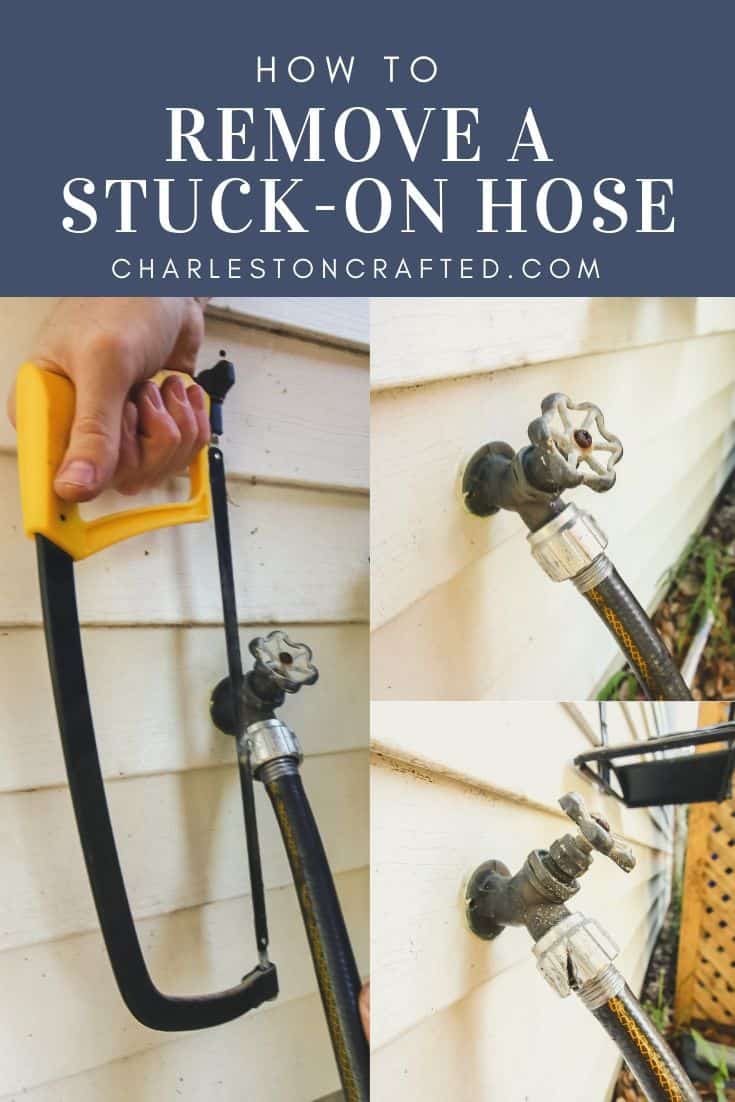Introduction
A corroded garden hose can be frustrating, especially when it sticks stubbornly to your faucet or hose bib. Rust and mineral deposits often cause these hoses to seize, making removal a challenge. Properly removing a corroded garden hose is essential to prevent damage to your outdoor plumbing and to maintain garden efficiency. This article covers expert techniques to safely and effectively remove a corroded garden hose, prevent future corrosion, and extend the life of your garden equipment.
Why Does Garden Hose Corrosion Occur?
Corrosion on garden hoses usually develops due to prolonged exposure to moisture, minerals in water, and outdoor elements. Here are key factors contributing to corrosion:
- Water Mineral Content: Hard water contains minerals like calcium and magnesium that accumulate and cause rust.
- Metal Components: Hose connectors and faucets made from metals such as brass or steel can corrode over time.
- Environmental Exposure: Rain, humidity, and chemicals in soil contribute to corrosion.
Understanding the cause helps in choosing the right removal method and prevention strategies.
Step-by-Step Guide to Remove a Corroded Garden Hose
1. Prepare Your Tools and Safety Gear
Before starting, gather these items:
- Adjustable wrench or pliers
- WD-40 or a penetrating oil
- Wire brush or old toothbrush
- Rubber gloves
- Cloth or rag
2. Apply Penetrating Oil
Spray WD-40 or a similar penetrating oil generously on the corroded connection. Allow it to soak for 10-15 minutes. This softens rust and mineral deposits, making the hose easier to twist off.
3. Loosen the Hose Connector
Use an adjustable wrench or pliers to grip the hose connector firmly. Turn counterclockwise to loosen. If it resists, apply more penetrating oil and wait a few minutes. Avoid forcing it aggressively, as this can damage the faucet.
4. Use Gentle Heat (Optional)
For severely stuck hoses, gently heating the metal connector with a hairdryer can expand the metal slightly and break the rust bond. Avoid open flames or excessive heat to prevent damage.
5. Clean the Threads
After removal, use a wire brush or toothbrush to clean rust and debris from the faucet threads. Clean threads ensure a good seal when attaching a new hose.
Tips to Prevent Future Hose Corrosion
- Use Hose Washers: Install rubber washers inside connectors to minimize metal-to-metal contact.
- Disconnect When Not in Use: Remove hoses during winter or long periods of inactivity to avoid moisture buildup.
- Store Properly: Keep hoses and connectors in a dry, shaded area.
- Use Corrosion-Resistant Materials: Consider hoses and fittings made from corrosion-resistant metals or plastics.
When to Replace Your Garden Hose
If a hose is heavily corroded, cracked, or leaking, removal might be difficult and replacement is safer. Signs that indicate replacement include:
- Persistent leaks at the connector
- Visible metal degradation or holes
- Stiff, brittle hose material
Replacing your hose not only improves garden watering efficiency but also prevents damage to your outdoor plumbing.
Expert Advice: Maintaining Garden Hose Longevity
Garden experts recommend regular inspection and maintenance. Dr. Linda Green, a horticulture specialist, advises, “Routine cleaning of hose connectors and using protective covers can extend hose life by years.” Simple steps like wiping down hoses and checking for corrosion monthly can save time and money.
Conclusion
Removing a corroded garden hose need not be a frustrating task. With the right tools, patience, and techniques like applying penetrating oil and gentle heat, you can safely detach stubborn hoses. Preventing corrosion through proper storage, material choice, and regular maintenance is key to prolonging your garden hose’s usability. Remember, replacing a severely corroded hose protects your outdoor plumbing and ensures efficient watering. Take action today to keep your garden equipment in top shape and enjoy hassle-free gardening year-round.
